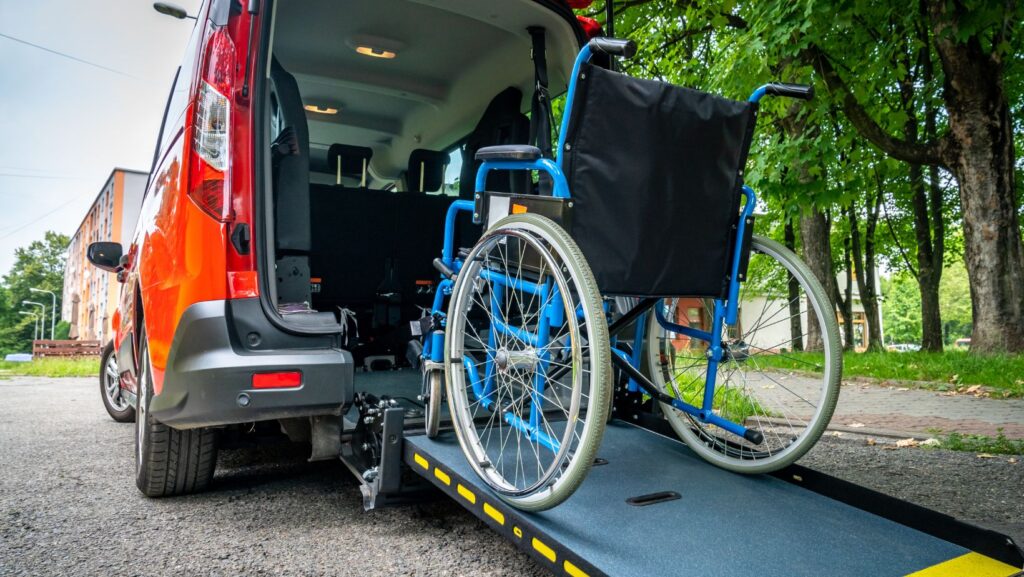For individuals dealing with chronic illness, post-operative recovery, or limited mobility, reliable medical transportation is often essential. We will explore why accessing long-distance medical transportation is especially difficult and how this service gap affects patients, caregivers, and families. Unlike short local trips to nearby clinics or pharmacies, long-distance medical transportation involves complex coordination, special vehicles, trained drivers, and a clear understanding of patient needs. People living in rural areas or small towns often have to travel hours to reach hospitals, specialists, or treatment centers located in other cities or states. While ambulance services are designed for emergencies, there is a growing need for non-emergency transportation that can safely carry individuals over longer distances. Unfortunately, the infrastructure to support such travel is limited, fragmented, or priced far beyond the means of many families. As medical care becomes more centralized in urban centers, the challenges of long-distance transport become increasingly urgent.
Reasons Why Accessing Long-Distance Medical Transportation Is Difficult
Gaps in Available Services and Accessibility
One of the most frustrating aspects of arranging long-distance medical transport is the lack of available providers. Unlike short local rides that can be handled through community vans or NEMT programs, regional health systems do not always support long-distance trips. Medicaid may cover some transportation, but often only within a specific geographic boundary. This leaves patients who need to travel across county or state lines with few affordable or safe options. Air ambulance services exist but are typically reserved for critical emergencies and incur enormous costs.

Ground transport companies that do offer long-distance trips are few and far between, especially in rural states where distances between care centers are significant. Booking such a trip can involve weeks of lead time, verification of insurance, coordination with medical staff, and pre-payment that not everyone can afford. Vehicles capable of handling a stretcher or wheelchair over long hours of travel are limited, and those that do exist are often booked out in advance. For patients with time-sensitive care needs, such delays can lead to missed appointments, canceled procedures, or deteriorating health. This gap in services not only inconveniences patients but also complicates treatment plans and puts additional stress on families trying to ensure their loved one receives proper care.
The Cost Barrier for Patients and Families
Even when a provider can be found, the cost of long-distance medical transport can be prohibitively high. Unlike traditional ride-share or local taxi services, medical transportation requires specialized vehicles, medical attendants, or on-board equipment. These added needs raise the base cost significantly, sometimes to thousands of dollars for a single trip. Insurance may not cover the expense unless deemed medically necessary and pre-approved, which adds another layer of paperwork and potential delay. For many patients and families, the out-of-pocket costs make such transportation unfeasible.
Some try to make the trip in personal vehicles, which can be physically demanding and unsafe for patients with fragile health. The burden then falls on family members to take time off work, rent suitable vans, or invest in travel arrangements that stretch their financial and emotional resources. In cases where frequent trips are required—such as for chemotherapy, dialysis, or follow-up surgeries—the long-term expense becomes a major obstacle. Medical care shouldn’t depend on someone’s ability to travel hundreds of miles safely, yet the current system often makes it feel that way. The lack of affordability reinforces health inequity and limits the ability of patients to pursue the care they need most.
Logistical Coordination and Communication Challenges
Another barrier to arranging long distance medical transportation lies in the logistical planning required to make it happen. These trips often need coordination between the patient, their doctor, the transport provider, and possibly insurance representatives or facility staff. Medical records, treatment schedules, and clearance for travel must all be arranged in advance. Any delay or miscommunication in this chain can result in rescheduling or postponement, which adds even more stress to patients already dealing with serious health concerns. Families often have to step in as de facto case managers, calling multiple vendors, verifying vehicle requirements, and ensuring that the ride arrives on time and can accommodate the passenger’s specific needs.
It’s not just about booking a ride—it’s about ensuring that oxygen tanks, medication, mobility aids, or medical monitoring are available for the trip. With so many moving parts, even minor disruptions can unravel an entire travel plan. Many families are left asking why such an essential service is challenging to arrange. The lack of centralized support or national standards makes each case a new puzzle. This is why finding medical transport long distance services is daunting for those without insider knowledge or extensive resources. Every trip becomes a custom challenge, and not everyone has the time or ability to navigate such a complex process independently.

The difficulty in securing long-distance medical transportation reveals a more significant issue within our healthcare and transit systems. While some providers do remarkable work, the services available today are often fragmented, underfunded, and inaccessible to many who need them most. Patients should not have to fight through red tape, spend hours on the phone, or face overwhelming bills just to get to a doctor in another city. To address this challenge, we need a more coordinated approach that recognizes long-distance transport as a vital part of the medical continuum. Improving funding, expanding provider networks, and creating clearer pathways for patients to arrange travel could make a life-changing difference. As long as distance remains a barrier, healthcare remains out of reach for too many. In a world where medical advances are improving outcomes daily, transportation should never be the reason why someone misses the care they deserve.

